November 9th is National Microtia and Atresia Awareness Day, dedicated to spreading hope & knowledge concerning a rare congenital anomaly known as Microtia & Aural Atresia – when the ears do not fully develop during the 1st trimester of pregnancy. Microtia derives its name from the Latin terms for little ears or missing ears. Aural Atresia results when the ear canals are underdeveloped or absent, causing hearing loss. 1 out of every 6,000 children is born with Microtia & Aural Atresia in the United States (approximately 600 babies are born each year in the US).
It is the intention of Microtia and Atresia Awareness Day to help promote public awareness & the hope that future generations of families will leave the hospital equipped with more answers than questions & their dreams for the child intact. It is also the hope that if more people learn about Microtia & Atresia, that they will be kinder & more accepting. Through this national day of awareness, individuals with Microtia & Atresia & their families can find out about organizations & resources for information & support.
Microtia and Atresia can affect one or both ears.
Microtia can occur with or without Atresia and visa versa.
Microtia affects the right ear more often.
Microtia is more common in males.
Many individuals affected by Microtia and Atresia can also have Craniofacial Microsomia – when the jaw line is asymmetrical on one side causing oral complications, including causing the skull, eye and mouth on one side to be smaller or underdeveloped when compared to the non affected side. Craniofacial Microsomia is also known as Hemifacial Microsomia.
African Americans are the least affected by Microtia and Atresia, while Ecuadorians, Hispanic/Latino, Asian and Native American ethnicities are affected more often.
There are (4) grades of Microtia and Aural Atresia:
 While there is little understanding of what causes Microtia and Atresia, there are new genetic findings that show damaging genetic variants may cause Microtia and Atresia and Craniofacial Microsomia. The Ear Community Organization didn’t want another mother to ever blame herself, thinking she did something to cause her child’s ears to be missing during her pregnancy. These new findings can be found on Ear Community’s website, here, including additional research information.
While there is little understanding of what causes Microtia and Atresia, there are new genetic findings that show damaging genetic variants may cause Microtia and Atresia and Craniofacial Microsomia. The Ear Community Organization didn’t want another mother to ever blame herself, thinking she did something to cause her child’s ears to be missing during her pregnancy. These new findings can be found on Ear Community’s website, here, including additional research information.
Children and adults who have Microtia and Aural Atresia are beautiful and perfect in every way and should never let their hearing loss or underdeveloped ear(s) define them. However, if an individual with Microtia and Atresia believes that outer ear reconstruction or hearing restoration surgery would give them the happiness they long for, it is important to be informed of the following options:
1. The Do Nothing Option.
2. Reconstructive surgery:
a. Rib Graft surgery – an ear framework that is stitched from sections of rib (gold standard surgical technique).
b. Porous polyethylene surgery – known as a preshaped ear framework referred to as Medpor, SuPor or OMNIPORE.
c. Craniofacial surgery that can help make the jaw and face symmetrical. Jaw distraction is also an option. Polyethylene implants for the chin and cheeks are an option as well as botox. A craniofacial team/plastic surgeon can review these options with you.
3. Prosthetic ear (which looks incredibly realistic).
4. Atresiaplasty/Canalplasty – when a hole is drilled into the skull, creating an area for an ear canal that is lined with a skin graft as well as creating the possibility of the middle ear bones being tweaked offering an improved hearing range.
 5. Bone Anchored Hearing Devices/Bone Conduction Implant Systems – these are specific bone conduction systems that aid conductive hearing loss and are often the only specialized hearing devices individuals with Microtia and Aural Atresia can benefit from due to missing ears.
5. Bone Anchored Hearing Devices/Bone Conduction Implant Systems – these are specific bone conduction systems that aid conductive hearing loss and are often the only specialized hearing devices individuals with Microtia and Aural Atresia can benefit from due to missing ears.
Bone Anchored Hearing Device options:
The Cochlear Baha and Osia System
The Oticon Medical Ponto System
The MED-EL ADHEAR and BONEBRIDGE System
The Ear Community Organization is the first parent driven nonprofit organization to help Microtia and Atresia families, specifically, as well as having paved the way for this community since 2010.
How has Ear Community given back to the Microtia and Atresia community?
– offered the first comprehensive online resource for information on Microtia and Atresia in one place in multiple languages.
– hosted over 100 FREE events throughout the United States as well as in Denmark, South Africa, Spain, the UK, Australia and multiples in Canada bringing together thousands of families and medical professionals.
– donated over 150 bone anchored hearing devices to those in need or who have been denied by their insurers.
– awarded 20 college scholarships.
– established “National Microtia and Atresia Awareness Day”. Our awareness day has a Resolution in place that would designate November 9th on the government calendar.
– championed genetic research on Microtia and Atresia with published results.
– has Federal legislation introduced, known as Ally’s Act, that would ensure private insurance coverage for Bone Anchored Hearing Devices and Cochlear Implants for children and adults from birth to age 64.
– 3D Printed/Regenerated ears – collaborating with clinical trials.
On National Microtia and Atresia Awareness Day, many medical professionals host clinics and educate online about Microtia and Atresia through social media. Teachers of the Deaf and Hard of Hearing as well as families educate and advocate in the school classroom, sharing about hearing loss and Microtia as well as discussing differences, acceptance and being kind. Many choose to read from related books on Microtia and hearing loss while others bring in treats such as cupcakes and cookies in the shape of ears or with the blue Microtia and Atresia awareness ribbon on them. Many classrooms get creative with coloring pages of Microtia ribbons that are printed for anyone to color in!
Medical professionals to consider reaching out for information regarding help with Microtia and Aural Atresia:
Neonatologist, pediatrician, ENT, audiologist, craniofacial team (plastic surgeon and oral surgeon), pediatric dentist, opthalmologist, speech pathologist, occupational therapist, physical therapist, anaplastologist, geneticist, psychologist/counselor or developmental specialist.
* some children have additional syndromes associated with Microtia and Atresia who can benefit from additional specialists listed above.
Did you know that animals can also be born with Microtia and Atresia?
Ear Community is proud to shine a light on our rare cause every November 9th. Most importantly, we hope no one with Microtia and Atresia ever feels alone. We think all ears are beautiful – biological, reconstructed or prosthetic. Never let your hearing loss or missing ears define you because it is what makes you unique!
Tags: #nationalmicrotiaandatresiaawarenessday
#microtiaawarenessday #atresiaawarenessday
#microtiakidsrock #EarCommunity #luckyears
Ear Community
www.EarCommunity.org
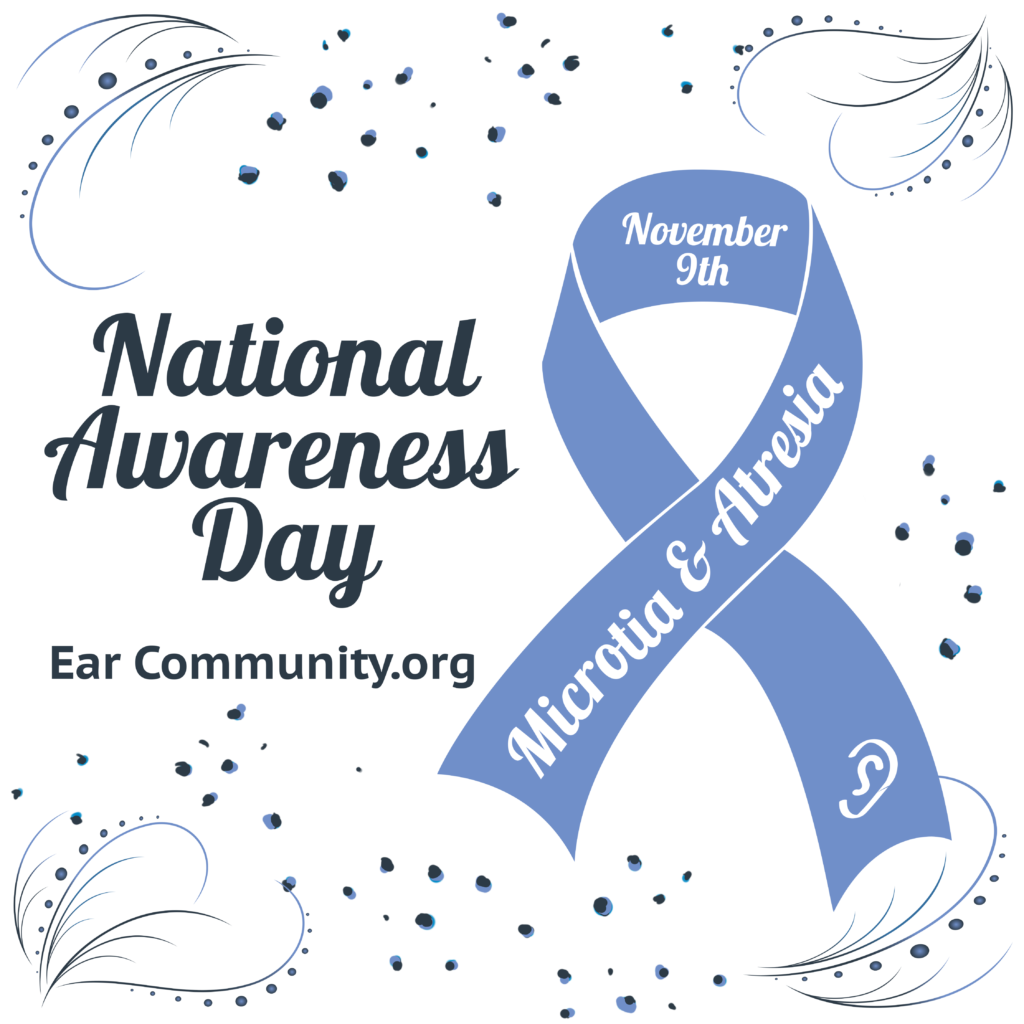
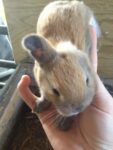






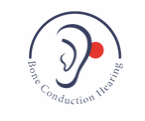


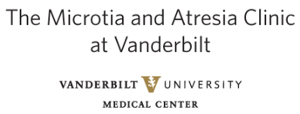
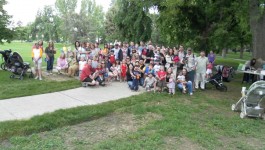
Leave a Comment
You must be logged in to post a comment.